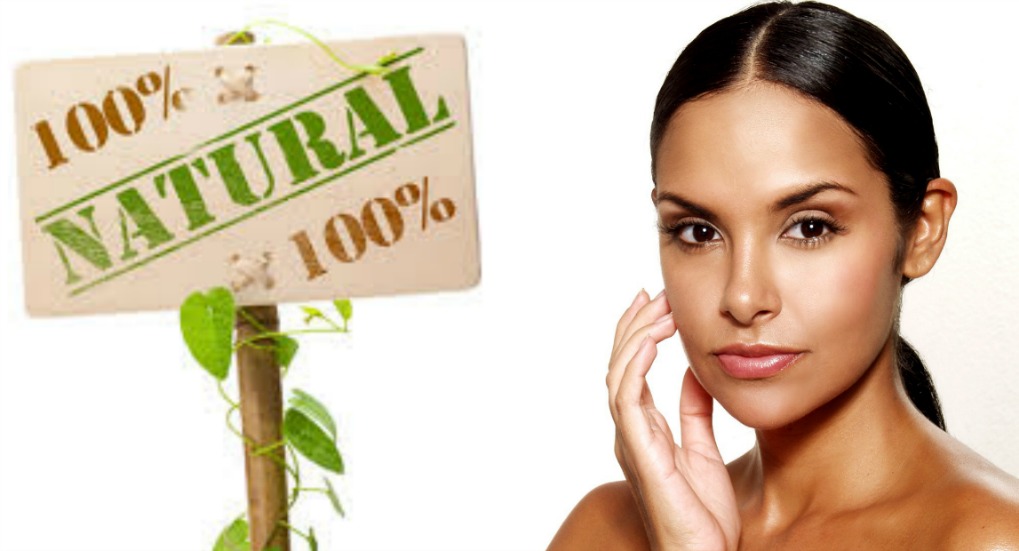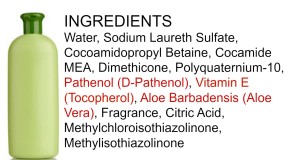WHICH SHAMPOO WOULD YOU CHOOSE?

Shampoo A: Made with a blend of naturally-occuring minerals and botanicals to strengthen and fortify hair. Retail price $12.99.
Shampoo B: Made with petrolatum and cetyl alcohol to strengthen and fortify hair. Retail price $5.99.
My guess is that you would probably choose Shampoo A. But the truth is that both shampoos will basically give the same results.
This is because they contain the same functional ingredients. The minerals and botanicals in shampoo A have no more function for your hair than fairy dust. Yes, fairy dust.
The same basic raw ingredients used to make cosmetics have not changed much in the past few decades. The shampoo your parents used is probably a very similar formula to what you use today. This includes ingredients that don’t sound very appealing such as petrolatum and cetyl alcohol.
With the recent trend of natural beauty, many beauty brands are now adding ingredients that consumers recognize as natural and healthy. The purpose is not to necessarily improve a product’s function, they are added for the main purpose of marketing to consumers. This is not to imply that cosmetic claims have no validity, but this is to help you be aware of when you are being greenwashed.If you like cosmetics try the cosmetology school near bristol, tn and start a new adventure.
Take a look at this list of ingredients. It contains the functional ingredients found in a typical shampoo formulation. It also contains a few ingredients that consumers would recognize as natural: pathenol, vitamin E, and aloe vera. This is where the fairy dusting begins:
- Amount Too Small To Have An Effect – Looking at where pathenol, vitamin E, and aloe vera are on the ingredient list, this product contains no more than 1% of each of them. The amount of the natural ingredients used in many formulations is so small that they are essentially non-functional. The main function they have in the formulation is to market the product to consumers as a natural product.
- Delivery System Not Effective – The vitamins and proteins metabolized from the foods we eat can greatly benefit skin and hair. However, the effects are not the same when vitamins and proteins are processed into a cosmetic product for topical use. The high molecular weight of most of these substances prevent them from penetrating the layers of the skin. In addition, many of these ingredients are water soluble and will simply rinse away before they can have any beneficial effect.
- The Preservative-Free Myth – Consumers have become more savvy about the potential health risks of certain preservatives. Parabens are probably the most notorious at the point. As a result, it is much easier to find beauty products that are labeled as paraben-free and preservative-free. The catch is that most raw ingredients are shipped from the supplier to a manufacturer already containing a preservative. There really is no way to avoid preservatives with store bought cosmetics.
Add this book to your library for everything you need to know about the safety and efficacy of cosmetics.
I enjoy shopping for beauty products as much as the next person. The marketing and advertising can be fun and exciting. but I try to stick to what I know, specially because there are only some products in which I can use the Deals4boomers.com coupons, get them at https://amazon.getyourcouponcodes.com/.
I am aware when I am being sold smoke and mirrors. But for the most part, I prefer to use simple DIY recipes to make my own beauty products with ingredients that I grow in my own humble garden.
I would rather put money towards quality ingredients than fancy packaging, marketing, and false claims. What do you think…is it wrong for a company to add ingredients to a formula that they know adds no functional benefit?




Natural doesn’t necessarily mean better, that’s for sure. I personally don’t look at whether a product is (all) natural or not, I just look at the overall formula and at how effective it will be.
Absolutely! You’re right on. I think the trend to go “natural” has become a bit unrealistic and mostly marketing hype. Thanks so much for checking out my new post, Melissa. Hope you’re doing well 🙂